Five “Extra-Curricular Books” Are Recommended to Help Students Prepare for Postgraduate Entrance Examination
The pre-registration for 2023 postgraduate entrance examination was officially open in September. The annual competition for “successful enrollment” has kicked off.
As a major anyone can apply for as long as they’ve watched films, film study is becoming more popular. However, because of rising number of applicants and increasingly difficult preliminary exam, many students are anxious or about to get anxious.
The Understanding Movies must be recited from start to end. The grey World Film History and Chinese Film History are falling apart because of repeated page turning. And you only dream of David Bordwell. But when you look at the exam questions of previous years, you are puzzled and don’t even know how to start with half of the questions. And you start questioning yourself: how come so even though you’ve reviewed the reference list?
As a matter of fact, the idea of “only reviewing the reference list” is a major misconception, especially given fierce competition today. Questions beyond the reference list are appearing more frequently. Therefore, it’s fair to say the reference list is for reference only.
In order to be more confident when sitting the exam, you need to read and recite more books, and try your best to have a broader and deeper command of knowledge. Based on experience of many successfully enrolled students, we hereby recommend five “extra-curricular books” to help you better prepare for the exams.
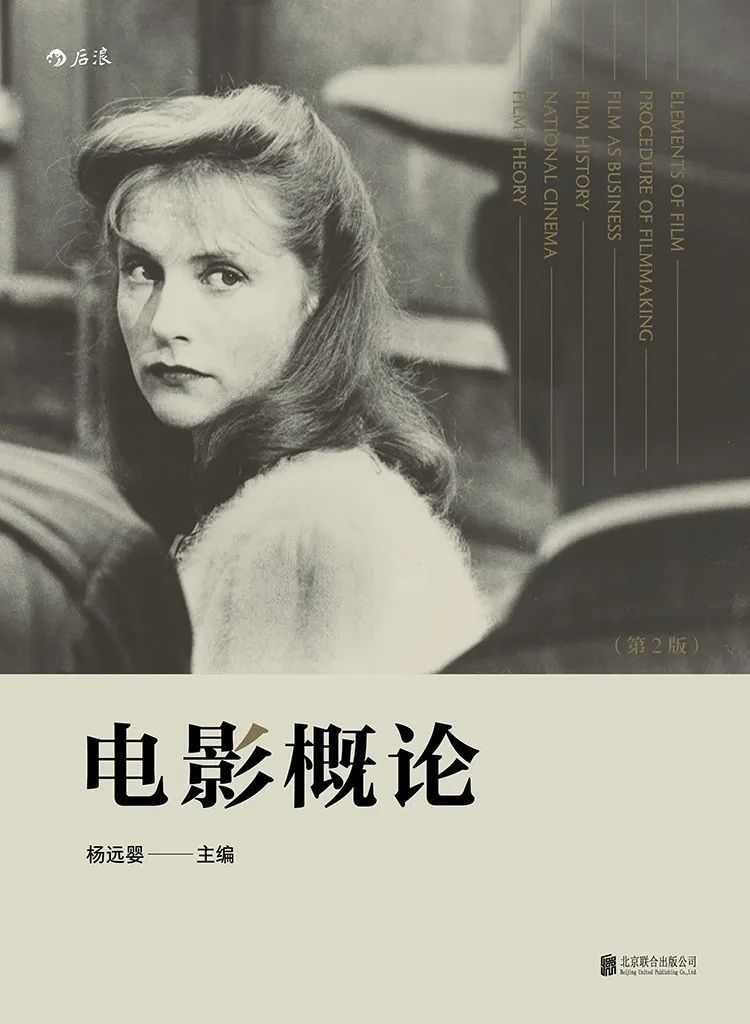
Introduction to Film
Edited by Yang Yuanying
It’s a book almost as heavy as the Film History: An Introduction. New editions have come out every few years since its first publication. It’s a very practical guide for disciplines related to film theories. As introduced in the book, “It’s a basic textbook dealing with functions and communication of films. It consists of six sections, namely elements of film, procedure of filmmaking, film as business, film history, national cinema and film theory, covering topics related to film technologies, industry and culture. With comprehensive summary of the processes and approaches through which we understand and make films, the book aims to present the characteristics of film as a form of art, language and industry. Besides, it tries to establish a systematic and complete structure of film and audiovisual elements, production and sales, changes and critics.”
It’s imperative to set up the system and structure during the reviewing process. The book does the job for you directly. All you have to do is be patient and peruse it.
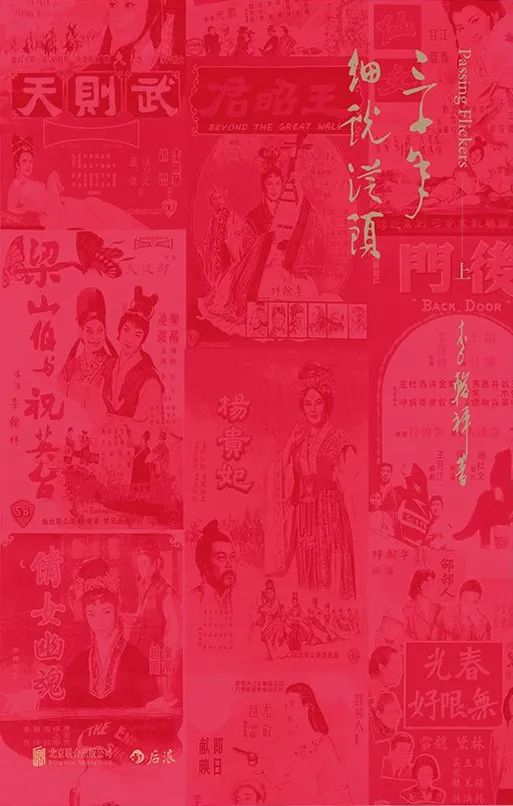
Passing Flickers
By Li Han-Hsiang
The Passing Flickers was compiled and published in two volumes in recent years. It’s a blessing for those preparing for the Chinese film history. It looks like two pieces of red bricks but it’s fairly easy and fun to read. Thanks to director Li Han-Hsiang’s humorous writing, the book presents all the major and small events in the filmmaking community of Hong Kong in a fun way based on his own experience. All the major film studios, filmmakers and films are covered. The presentation is not systematic. Nevertheless, it’s supplementary and helpful for the subject of Hong Kong film history. And you can quickly build up a basic framework of the film history of Hong Kong and Taiwan, China. And it’s worth repeated reading even after the exam preparation.
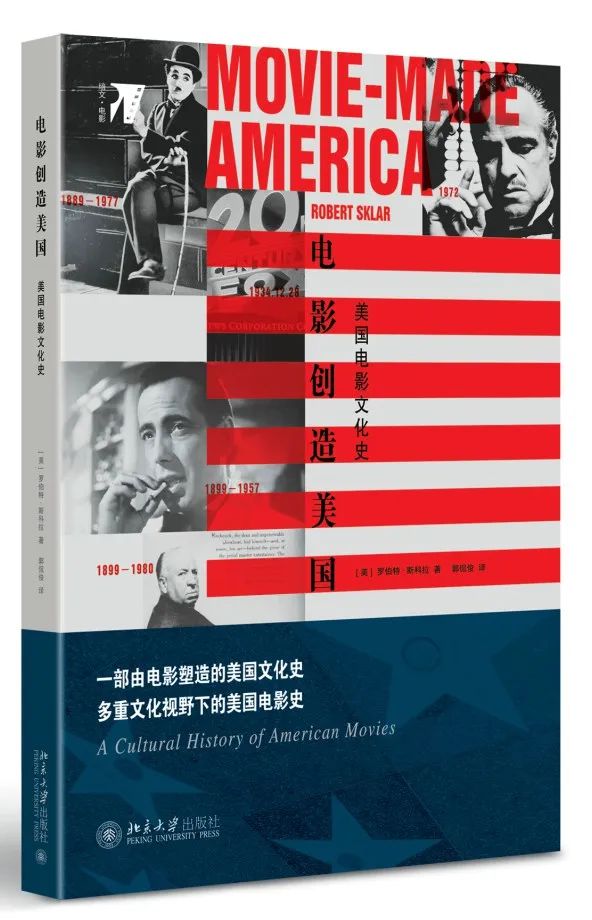
Movie-Made America: A Cultural History of American Movies
By Robert Sklar
The Hollywood film, an indispensable section of film study exam, is worth special attention. The book introduces the history of American films from the very beginning following a chronological order. Unlike other books on the history of American films, the author includes every detail. So it is inevitable that you will feel fatigued while reading the book since there are too many details to take in. However, such details are extremely helpful for the exam, especially for general essay writing. They are one-of-a-kind materials to showcase your strength.
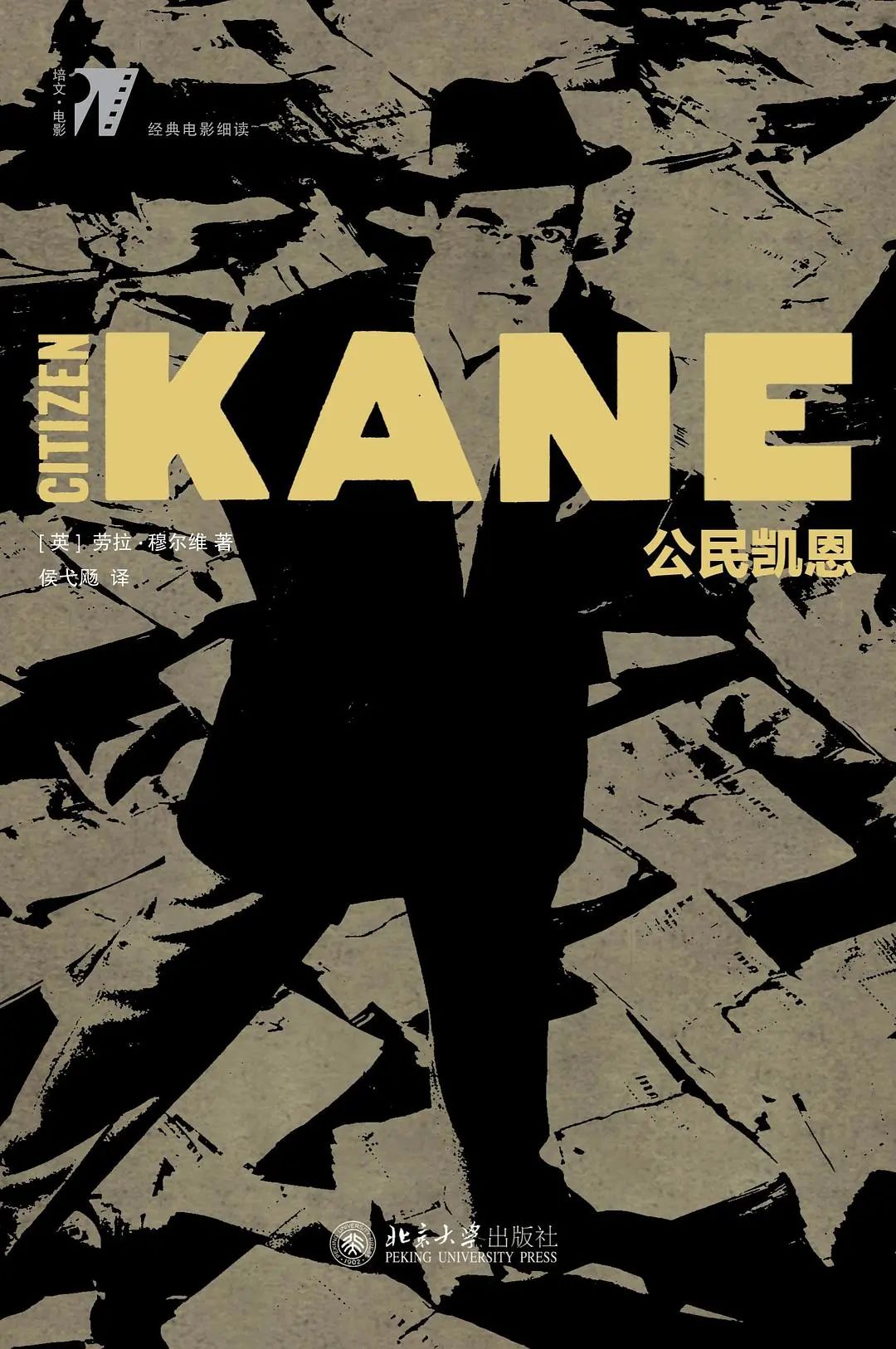
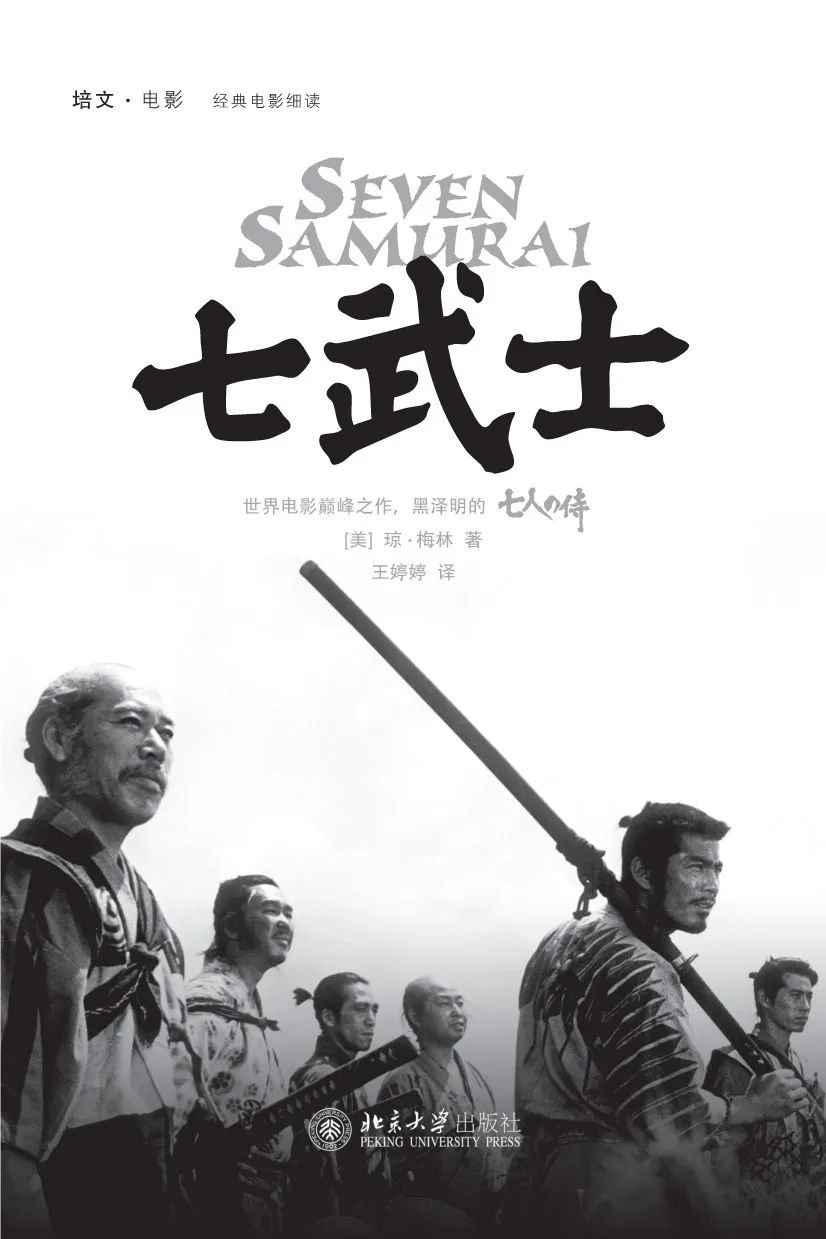
Peiwin Education·Film—BFI Film Classics series
By Laura Mulvey et al.
The series is made up of six books, each of which gives detailed interpretation of a classic, such as the Citizen Kane, Seven Samurai and Belle de Jour, by a renowned critics. As for reasons for recommendation, on one hand, the series is compact and it doesn’t take much time to finish reading. After all, time is the most valuable during the preparation for the postgraduate entrance examination; on the other hand, the series contains great stuff. It enables you to learn about the six films and their background knowledge, but more importantly, it helps you develop theoretical and analytical thinking as well as sense of film language. In this sense, it’s very useful for essay and film review writing.
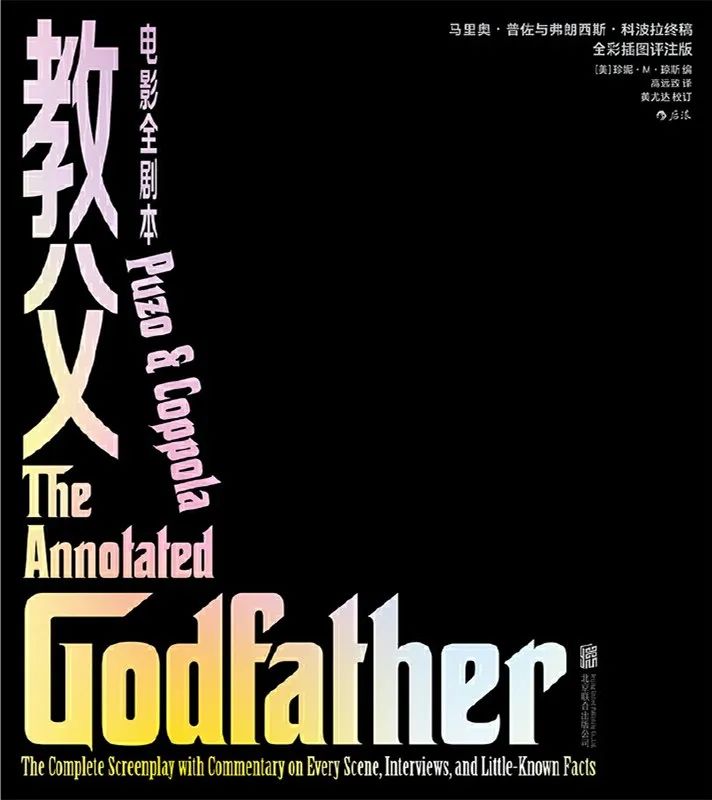
The Annotated Godfather: The Complete Screenplay, Commentary on Every Scene, Interviews, and Little-Known Facts
Edited by Jenny M. Jones
The book is specially recommended since screenwriting is sometimes included in the exams of some colleges. The most basic and must-read screenwriting textbooks, such as the Story, Screenplay: The Foundations of Screenwriting, and Save the Cat! The Last Book on Screenwriting That You’ll Ever Need, need no further introduction. The screenplay of The Godfather is recommended for its status in film history and the quality of the book itself. The screenplay is undoubtedly a masterpiece. Moreover, the book contains analysis of the screenplay, which is extremely helpful for those wishing to learn screenwriting skill and understand ideas of the screenwriter. If you want to learn screenwriting, an excellent screenplay sure serves as the best mentor.
